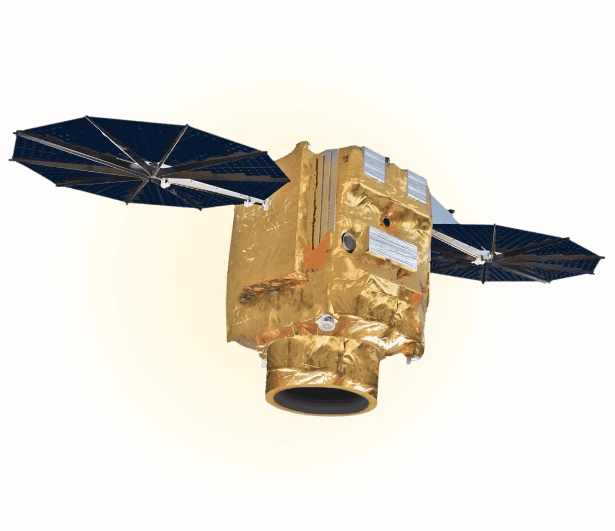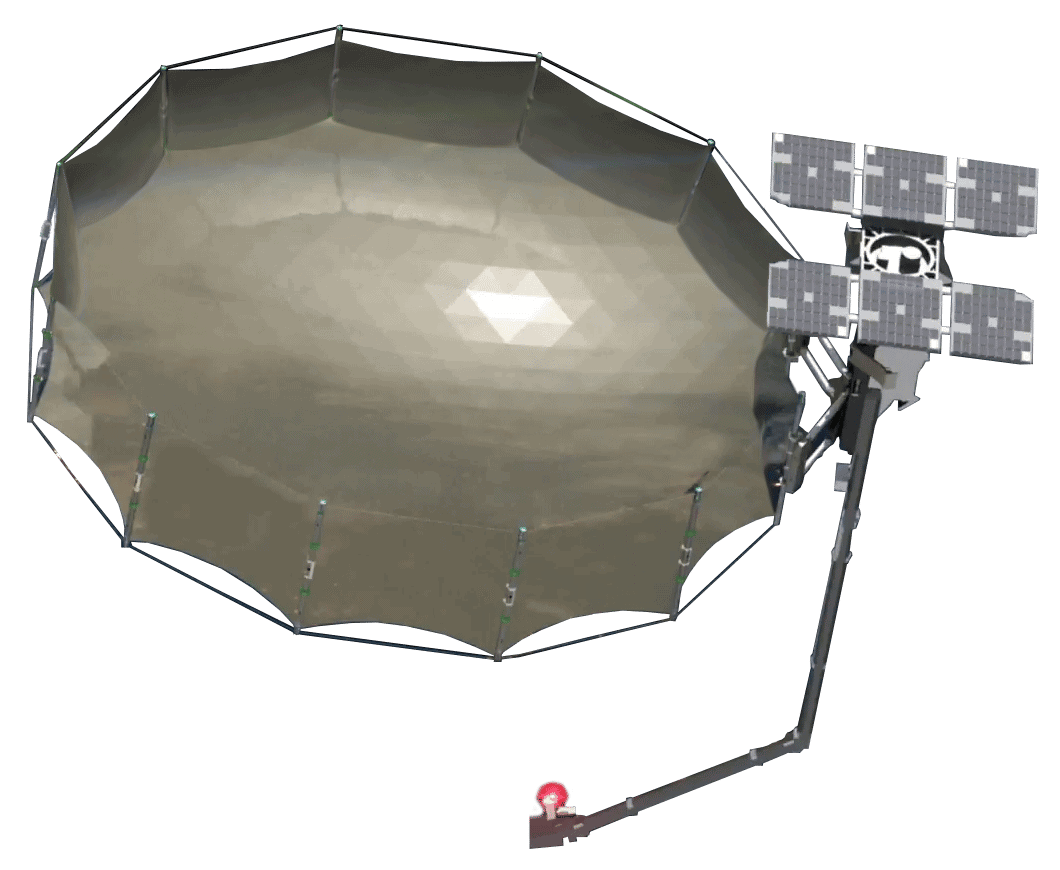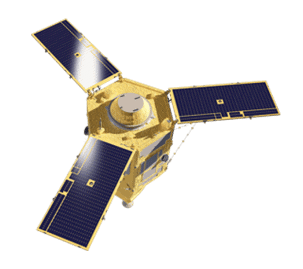
Pléiades Neo
Pleiades Neo is the latest, most advanced optical constellation of four identical high-resolution satellites in the Airbus fleet. In a sun-synchronous orbit at an altitude of 620 km, these satellites have a collection capacity of up to 2 million sq km per day. With a 30 cm panchromatic and 1.2 m multispectral resolution, the Pleiades Neo satellites are capable of intra-day revisits to optimize reactivity with todays global challenges.
Launched in 2021 and 2022
More image collection opportunities
Rapid access to data after acquisition
Daily revisit

Pléiades Neo Specs

Launch Information
Launch Date: 2021 and 2022
Orbit
Sun-synchronous, 10:30 a.m. descending node
Mass
Body: ~1 ton for each satellite
Sensor Bands
6- band multispectral (deep blue, blue, green, red, red edge, near-infrared) + panchromatic
Sensor Resolution
At nadir – 30cm panchromatic & 1.2m multispectral
Dynamic Range
12-bits per pixel
Swath Width
14km at nadir
Focal Plane
Single linear array for all spectral bands
Retargeting Agility
Pointing agility +/- 52°
roll/pitch: 10° in 7 seconds, 30° in 12
seconds, ° 60 in 20 seconds)
Slew @ 200km (17°): 10 seconds
Revisit Frequency (at 40°N Latitude)
1 day anywhere (30° off-nadir)
2x daily anywhere (46° off-nadir)
Max Contiguous Area Collected in a Single Pass (30° off-nadir)
Mono, Stereo and Tristereo collections in a single pass
Single-pass stereo and tri-stereo (fore, nadir and aft mode)
Multistrip acquisition mode: 7,500sqkm in a single pass – 110km x 70km (6 strips wide)
Target collection: 13 targets within a 100 x 300 km area +/- 30°
Geolocation
Accuracy (CE90)
< 5-m CE90 at nadir
With refined data: 3.5m (expected)
Capacity
Daily constellation capacity: 1,000,000 sq.km – will double once all 4 satellites are in orbit
Unsure if Pléiades Neo is right for your project?
You shouldn’t have to be an expert in high-resolution satellite imagery to find what you need.
Our team is dedicated to making the process easy for you. All you have to do is tell us the problem. We find the answers from a vendor-agnostic perspective and present you with clear, simple solutions.
Tell us the problem
Explain the situation to us on your terms. We’ll translate it into the world of Satellite Imagery.
Review Your Options
Be presented with a simple choice of the top 2-3 imagery solutions for your project.
Make confident decisions
Know you have the right data in hand to make the critical decisions that keep your project moving forward.
Other Satellites

Capella Space
Capella Space
Ideal for large-scale mapping projects, GeoEye-1 provides highly detailed imagery at .46-meter panchromatic and 1.84-meter multispectral resolutions. It can geolocate features to less than 5m, offers stereoscopic collection on a single pass, and can revisit any point on Earth once every three days.

MAXAR
GeoEye-1
Ideal for large-scale mapping projects, GeoEye-1 provides highly detailed imagery at .46-meter panchromatic and 1.84-meter multispectral resolutions. It can geolocate features to less than 5m, offers stereoscopic collection on a single pass, and can revisit any point on Earth once every three days.
When we need high-resolution satellite imagery, we trust Pacgeo for their quality imagery and reliable turnaround times.
David Bluestone
Vice President of Exploration, Bluestone Resources
Ordering high-res satellite imagery through a partner agency order desk was always painful and fraught with multiple issues. Dealing directly with Pacgeo allows me to bypass the aforementioned issues, while getting quick and reliable access to the data I need.
Government Employee
Government of Canada


